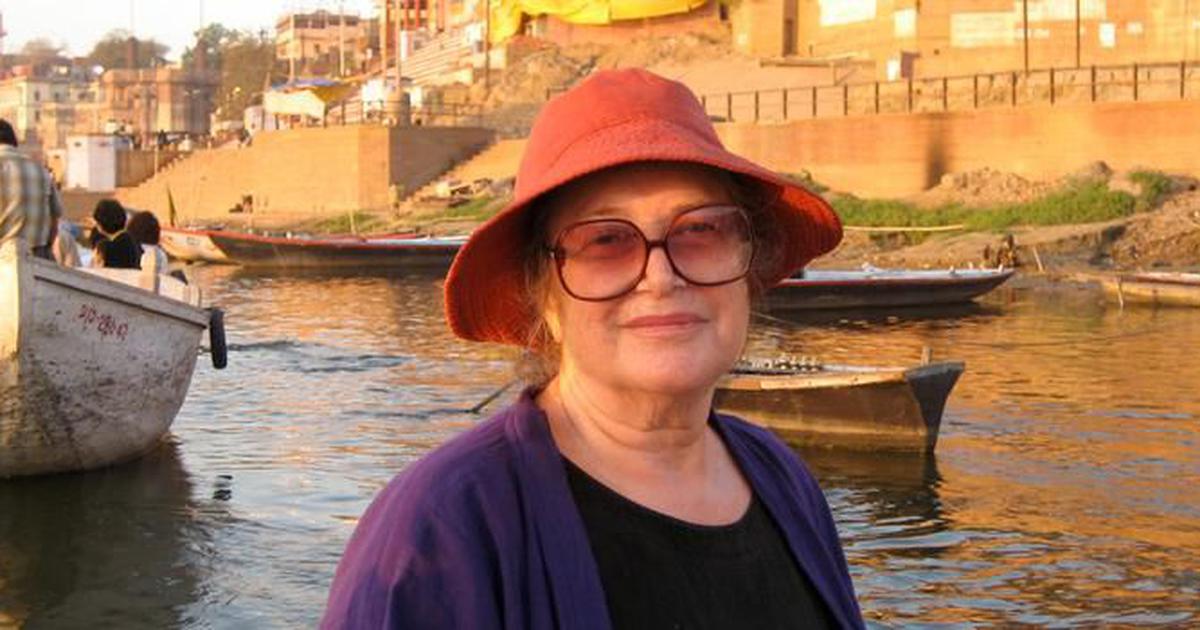Writing letters to parents across the distance of geography while trying to take in a different culture, and settling into a new world is no longer the norm today where video calls and instant messages provide continuous updates. When writing letters and receiving them was the only means to assuage one’s yearning for home and all things familiar, or fall deeper into the sickness for home, one shared anecdotes and reflections, discoveries of things new, as well as recognition of rare similarities, all the while seeking assurance that the home one left behind is still the same.
First impressions
An American Girl in India: Letters and Recollections, 1963-1964 is a collection of letters that author, academic, and Indologist Wendy Doniger wrote to her parents during her first visit to India as a student for a one-year period. They constitute a reminder of that time, apart from being an insight into the first impressions of India of someone who was to go on to become an authority on Hinduism and world mythology.
The larger part of Doniger’s letters is about Santiniketan, while some are about Calcutta and her subsequent travel notes and impressions. But more than a documentation of the author’s footprints, it is an intimate account full of discoveries and self-realisation, cultural shocks and assimilation, learnings and observations.
Interestingly enough, 1963, the year that Doniger stayed in India happens to be an eventful period for India and for her own home, America. It was the year after the Indo-China War and the beginning of shimmering tensions between India and Pakistan. It was also the year US President John F Kennedy was assassinated.
Interleaving Doniger’s letters about her immediate surroundings, her fellow students at Santiniketan, and the staff and their fascination with her is the keen eye she kept on the larger political winds blowing around. This gives readers a fascinating peek into the socio-political environment in India from a different perspective. Doniger wrote of the palpable public ire against Prime Minister Jawaharlal Nehru in West Bengal for the fiasco in the war against China and his sidelining of political leaders from the state. She also reacted in a most emotional manner to the news of Kennedy’s assassination.
Doniger’s letters to her parents conveys her nostalgia for her home and the things she shared with them – she wrote of songs and films, and lines and passages from books she had read. There are also the usual concern that foreigners have about India – the hygiene and the water (and some stomach upsets).
What stands out is the way she warms up to Indian scripture and dance through practice and constant engagement, to the architecture of old temples – which she considered more artistic than the European designs of New Delhi – to learning Bengali and Sanskrit, and to plunging into studyingHinduism and Indian mythology.
Doniger’s letters are conversations full of wit, verve, and humour, drawing the reader into the scenes described. These are, of course, an outsider’s account, but as seen from very close quarters and very often, without any prejudice, and with a seeker’s humility.
Many of her accounts cut close to home: the chaos that makes India what it is, and its many dichotomies. One of the many hilarious examples of the former is the author’s consternation over how “life is very approximate here” when she arrives at Bolpur en route to Santiniketan and finds the sign at the railway station reading “Bolepur”, while the post-office spells it as “Bolpure” and the students spell it as “Bolpur”.
Of the latter, Doniger wrote of how men and women, segregated socio-culturally, ended up eloping. Or how ancient paintings in temples where people went to pray and make offerings depicted many shades of the sexual act, even as sex remained firmly outside the ambit of conversations.
A cultural legacy
Santiniketan comes alive in Doniger’s letters – the legacy of Rabindranath Tagore’s worldview is palpable, with its multicultural synergies, and the creative and artistic pursuits it facilitated for students from across the world. The only overbearing aspect for her was the overt “Bengali-ness” around her – the way, for instance, newspapers devoted themselves to everything Bengali, with only a smattering of news from foreign shores.
Doniger’s letters are a testament to her awareness of how her whiteness and her American roots came with the privilege of opening doors to her both academically and socially. They are also a nod to how a country that has emerged out of colonial rule remained fascinated with all things foreign. The passage about the author explaining her Jewish identity and that all Jews do not live in Israel is a bittersweet tragicomedy, showing how people were – and still are – guilty of slotting people.
Reading the author’s early but solid impressions about the India she saw and discovered decades earlier does make one wonder whether things have changed at all. And, if they have, whether all of it is in a good way. Doniger mentions the prejudice against Muslims amongst the most educated and well-connected people, juxtaposing this against accounts of how common people helped one another cutting across religions in the days leading to the Independence.
This book takes readers to an earlier time through the author’s discoveries and journeys across a country’s staggering cultural landscape. With the weight of communal prejudice and distrust already evident, its relatively lighthearted tone still holds an unstated grim forecast. But this does not make it any less an enjoyable way of discovering a past.
An American Girl in India: Letters and Recollections 1963–64, Wendy Doniger, Speaking Tiger
Buy an annual Scroll Membership to support independent journalism and get special benefits.

Our journalism is for everyone. But you can get special privileges by buying an annual Scroll Membership. Sign up today!
